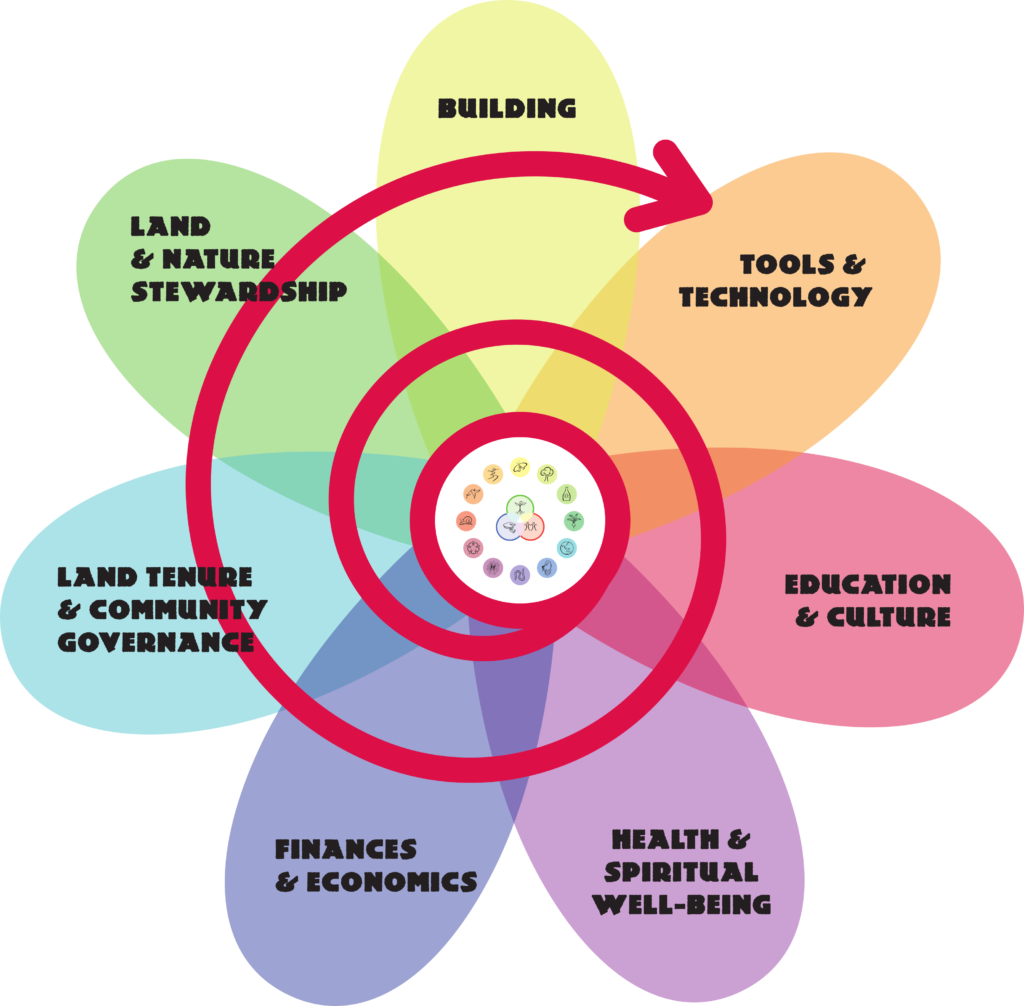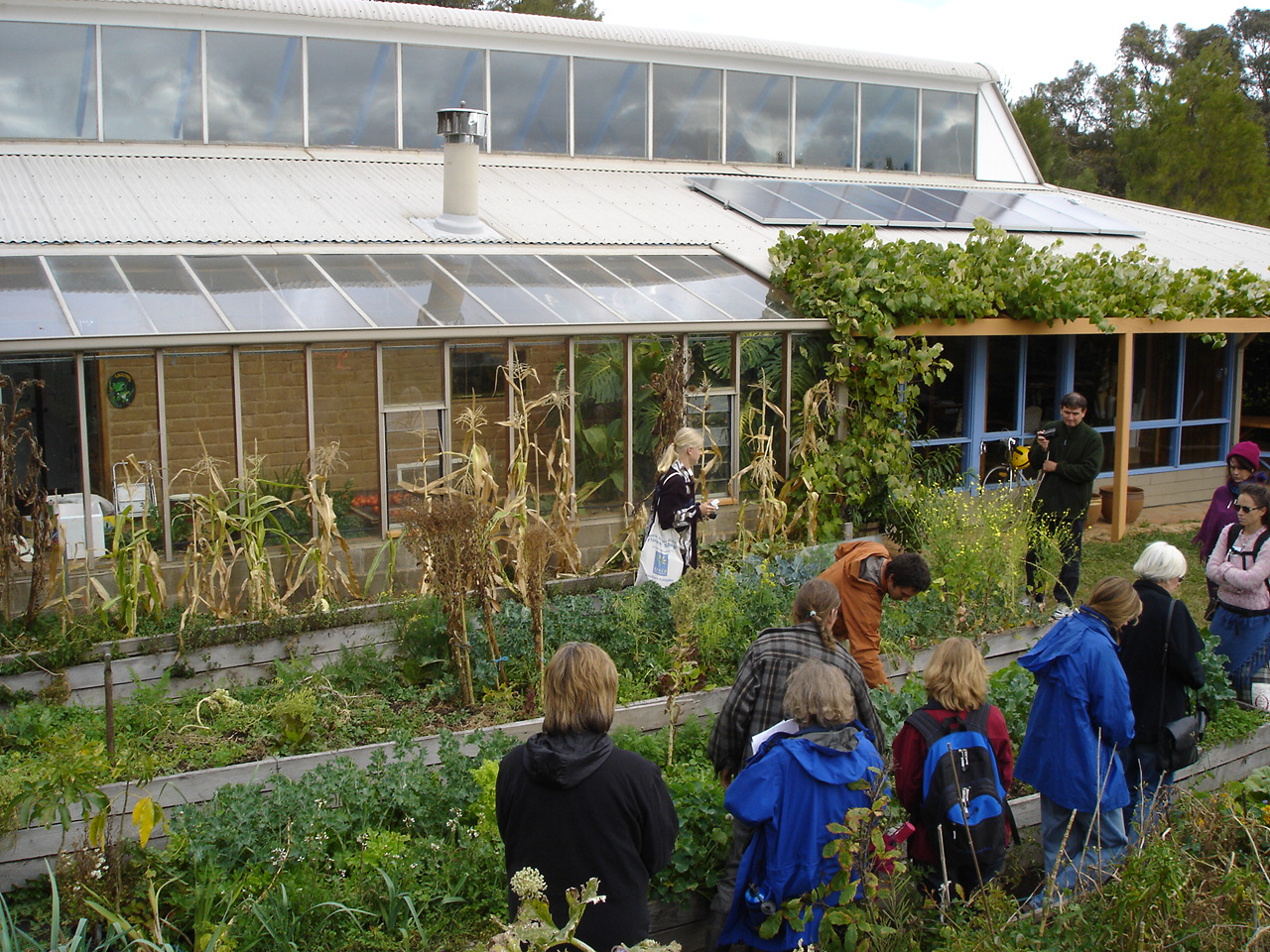Date of the last update: 01.06.2022
In this article, I would like to introduce Permaculture Design (a solutions-oriented ecological design system that could help solve many of our current environmental problems) and the relationships it has with sustainability, climate change, and you.
Table of Contents:
You can read this article in 3 minutes.
The world is on fire
Our world is on fire, said climate change activist Greta Thumberg not long ago, and in my opinion, it really is, not just figuratively but also in a very concrete way, as we are all witnessing through the media and sometimes even personally, however, more forests are destroyed by wildfires each year in both hemispheres, ever more extreme and destructive climatic events are happening even in places where no such events used to happen before, ever higher summer temperatures in places where temperatures used to be mild, deforestation of old-growth forests world-wide with its consequent rapid loss of biodiversity, habitats, widespread pollution, etc.
Such events have long been foreseen by many in the last decades. The concepts of sustainability and sustainable development, so much used (and abused) nowadays, were initially proposed in the Brundtland Report in 1987 and much more widely since. In the 1992 Rio de Janeiro’s Earth Summit, in a first globalized attempt to restrain the way we humans are using the world thanks to the rush for progress, fuelled by the capitalist and neoliberal economic frameworks (as well as by the inordinate use of fossil fuels), for which everything, including ecosystem functions, can be commodified and given a purchase price, which is the pathway leading to the destruction of the Earth’s life support systems.
The Limits to Growth
But even before this, other groups such as the Club of Rome, which published the well-known report on “The Limits to Growth” in 1972, stating that economic growth couldn’t continue indefinitely because of resource depletion on a finite planet, were already warning. At that time, almost no one in positions of power gave credit to this prescient claim. However, some less powerful people in several parts of the world did. Among others, in the second half of last century`s decade of the ’70s, two Australians: Bill Mollison and David Holmgren, who were witnessing how existing green revolution‘s agri-business practices were destroying the soil and ecosystems, designed a new type of food production system based on:
- perennial plants instead of on annual plants (mainly trees and shrubs rather than annual herbaceous plants)
- polycultures instead of monocultures
- reducing or eliminating energy and chemical inputs
- growing food plants in a way that is comparable to how plants grow in nature
- working at small scale instead of on a large scale
- bioregions instead of globalized
Observation conclusions

They observed that no one in nature ploughs the soil still, the soil – when left alone – becomes or remains fertile. No one irrigates the plants or the soil, and no one fertilizes the soil; plants usually grow in diverse communities, supporting each other instead of in large extensions of one species. No one poisons the soil or the plants to kill unwanted animals, fungi or the so-called ‘weeds’. Different microclimates help some species grow in specific places and not in others. The only energy input to make plants grow is sunlight. Plants grow alone, nobody plants them. Plants usually have multiple functions, not just one (e.g., food), so why not use them fully instead of using only one of its many products (some plants produce food for people and animals, give shade, wood, fibre, medicines, dyes shelter to other living beings, etc.). Nutrients, water and minerals are endlessly cycled to produce new growth and new life; nobody carries these from afar. Nature is abundant by definition. Most human systems however, especially the most modern ones, are based on scarcity despite claiming otherwise. Natural ecosystems, if not disturbed, last for centuries, even millennia and even when disturbed, show a property called resilience; that is, they resist and adapt to destructive change and continue to thrive. Cooperation instead of competition is the norm in nature.
The second and final part: Designed solutions for a changing new world – Part II

